WHAT IS GOUACHE?! How to Use it in Mixed Media Art + Gouache Alternatives for Matte Finish Lovers!8/6/2022
What is GOUACHE anyway?! I get asked about the meaning of gouache all the time by my mixed media beginners. In today's mixed media art supply demo, I'll show you WHAT gouache is, explain WHY mixed media artists might want to use it, plus give you a demo of my favorite brands and gouache alternatives for EVERY budget.
If you've been searching for a gouache definition, info on gouache vs acrylic, gouache vs watercolor, or simply want to know about ALL the supplies - today's video is FOR YOU!
Are you new to mixed media art, or just wanna learn more about mixed media art supplies so you can create mixed media masterpieces instead of a hot mess?! You're in the RIGHT PLACE!
Simply click the button below to grab my FREE Supplies Guide!
Need a video of me explaining the Supplies Guide in Action, after you print it out? I've got you!!
Before we continue, super quick announcement: All product links are Affiliate. I may earn a small commission if you choose to order through these links but by law there is never any additional cost to the consumer for doing so. I thank you for your support.
Everything I know about gouache, I've learned from my Scottish bestie, artist, Lucy Brydon (top right - that's us just a few short weeks ago, moments before we opened the doors to Wardhill Castle for our 2022 Castle Art Retreat!).
Lucy is truly a gouache artist! She loves painting portraits, animals and doing goache flower painting in the backgrounds of her work. Take a look at this recent piece she did of her dog, Miso! Isn't this gorgeous?!
If you look closely at Lucy's piece above, you'll notice there's no sheen to her paint, and it's very opaque. You might even guess that the painting was done in acrylics, but it wasn't, it's gouache.
Time for a quick gouache definition... Gouache is a watercolor that is totally opaque, and very, very matte. Take a closer look at the red background on my gouache portrait painting on the left, or the blue hair and skin tones in my girl on the right. This is the look gouache can help you achieve in your mixed media art projects.
Lots of students wonder about gouache vs acrylic paint. If you like a matte look, and that's really all you're after, why not just paint with acrylics?
Gouache doesn't behave like acrylics. Because it's actually watercolor, it's highly water reactive, it will keep reacting when water is added. This is really important to understand, because if you're working in layers, whenever you add a new layer of gouache on top of a previous layer, you can easily reactivate your bottom layer. Lots of artists love playing with these effects, but in case that's not YOU, stay with me, because I've got gouache alternatives to share with you today!
Before I get to today's demo, there are two other things you need to know about gouache...
1. Gouache works beautifully on ANY surface from cheap watercolor paper to wood or canvas (yup, I've tried them all!) 2. You DON'T need a a special gouache brush to work with this medium. In fact, I use my cheapies, because gouache texture is a thicker consistency than watercolor, but not quite as thick as acrylics. Choose a brush that is kind of inbetween a soft watercolor brush and a stiff acrylic paint brush. I recently found this brush set on Amazon for $7, and they're perfect for gouache!
Let's get to the demo. First I'm swatching a square of of red guache by Turner Design. I found this brand at my local Jerry's Artarama for about $15/tube.
In general gouache can get expensive, so if you're chasing that gorgeous matte look, stay with me to see how you can achieve that from a number of cheaper gouache alternatives.
The next product I'm testing today is an acrylic gouache by Liquitex. Since this is an acrylic paint, it's NOT water reactive, which some artists prefer. If this is you, you might want to consider trying a bottle (also around $15/color).
If you're in the mood to play with a watercolor gouache and don't want to spend a ton of money, check out Himi gouache. These are super interesting gouache "jelly cups." I purchased a set of 50 shades, for about $50. This type of gouache is very thick in consistency.
In case you DON'T want water solubility, Golden just came out with a line of "flat" acrylics. They're pretty pricey at $20 for a tiny jar, but if you compare it to the other brands of gouache and gouache alternatives I tested today, it's amazing quality for a matte finish, and I can't see any of my brush strokes like I can in the rest of today's swatches.
Another great "cheat" you can try if you're after that look of a super matte finish, is mixing your acrylic paint with matte medium. Now, if you're in my world, you know I use matte medium ALL THE TIME in my mixed media art projects as a type of glue for my collage because it's got great adhesive properties and is made to work with acrylic paint (which I typically use OVER my collage layers).
I recently discovered this "ultra matte" version of matte medium by Liquitex, and decided to test this out today mixed with a little acrylic paint to see how it compares to our other options.
In terms of opacity for the variations I tested today, Golden's So Flat line is definitely a notch above the rest. I can't see a single brush stroke line, so if this is the look you're after, and you can pay around $20/tube for it- I highly suggest choosing this one.
The Mattise Matte Acrylic is a runner up for me in terms of opacity, but still fairly expensive at $15 - 20 /tube.
The least opaque variation I tested today were the Himi gouache cups. These are also the cheapest option, and we all know you kinda get what you pay for. However, if you just want to experiment with gouache and love lots of color options for $1-2 / color - gouache jelly paint is your best bet.
If you're looking for a higher quality gouache, pretty much all the higher fine art brands carry them.I love this one (not tested today, but I often use this Winsor Newton Permanent White Gouache to add highlights on top of my watercolor pieces).
If opacity is what you're after, and you don't care about activating your matte layer with water, I highly suggest you consider one of the gouache alternatives I tested today - either the Liquitex acrylic gouache or Matisse Matte acylic. I think you'll be super happy with those!
Or, for even LESS of an investment, you can pick up a bottle of Liquitex Ultra Matte Medium for around $22. It will last you forever, and you can experiment with adding it any shade of acrylic paint or craft paint you already have on hand! Make sure you click over to the video to see each of these gouache and acrylic alternative options side by side to see which one YOU might love most! Do you LOVE fairies and fantasy art? I'm currently running a FREE drawing challenge called #50FunFabFairies over on my YouTube drawing channel. Literally thousands of other artists - from beginners to advanced, are playing along. I set up a FREE classroom for the participants over at Awesome Art School. Come join in the fun!!
1 Comment
Today I'm trying 5 watercolor moon painting techniques out to see which ones create THE BEST lunar effects! Check out what happens when I test naturally granulating watercolor by Daniel Smith vs adding granulating medium. Plus- how does regular table salt compare with kosher salt watercolor painting? And- how does the texture of my favorite Fabriano watercolor paper change the effects when I paint on hot press vs cold press paper? Click over to today's video to find out!
Before we continue, super quick announcement: All product links are Affiliate. I may earn a small commission if you choose to order through these links but by law there is never any additional cost to the consumer for doing so. I thank you for your support.

I've drawn 5 moon circles on each page of Fabriano watercolor paper. On the left, I've got 140# hot press (smooth) watercolor paper, and on the right- I have a sheet of 140# cold press (textured) watercolor paper.

I love granulating watercolor (this means the color separates a bit and you can see tiny particles in it, like in the pic above). The first granulating shade I chose to work with is lunar violet by Daniel Smith.
I coated this entire circle with plain water first, then applied the color.This technique is called wet on wet watercolor.
For fun I decided to add a few droplets of rubbing alcohol using a pipette to see if this would give me the look of moon craters. Above is how it looked on the textured, cold press watercolor paper.
As you can see, wherever the alcohol droplets were added, the watercolor dispersed. Click over to the video to see how the wet on wet watercolor technique looks on the hot press watercolor paper.
I tried the same alcohol watercolor technique to see how this looked on the hot press watercolor paper, and so far I'm loving how this looks.
For the next "moon," I used the same wet on wet technique with rose of ultramarine by daniel smith. While it was still wet, I sprinkled some table salt over this one because salt watercolor painting can give you some gorgeous effects!
Isn't that beautiful?!
The next color I'm testing out is shadow violet. This time I used the wet on dry watercolor technique, and tried adding a few extra droplets of plain water to see what happened. At first I kinda hated how this looked- but after it dried, it started to look a bit more "planetary." For my fourth watercolor moon, I decided to use cascade green (also by Daniel Smith). I mixed this off to the side with about 50% granulating medium because I really want to see how this separates the colors of this gorgeous blue green.
I just love the way the colors immediately separate in my palette, but it doesn't transfer to the paper in the same way like I expected it to, so that's a little disappointing.
The final color I wanted to test out today is imperial purple (another granulating watercolor by Daniel Smith). It separates into pinks and purples and reminds me a lot of the effects I love getting from activating my elegant writer! It's so pretty (bottom right corner, below)!
For this one, I tried adding one more medium - an irridescent medium, and just becuase I love salt watercolor painting effects, tried sprinkling kosher salt on top.
Once dry, the irridescent medium doesn't do very much to create that shimmery look I was hoping for, so again - I'm feeling a little disappointed in this medium.
Today's test has definitely shown me that the mediums I tried aren't really worth it, and we're better off just getting a set of irridescent, metallic or granulating watercolors if these are effects we enjoy. Thanks for hanging out with me today! Make sure you click over to the video to see each technique in action and decide which one YOU like best!
Today I'm showing you how EASY it is to set up a travel watercolor palette from scratch! All you need is a small metal tin (an empty altoids or mints tin works great!), some watercolor tubes, watercolor half pans, an adhesive magnet roll or glue gun, a sheet of watercolor paper ... and you're good to go!
Before we continue - super quick announcement! All product links below are Affiliate. I may earn a small commission if you choose to order through these links but by law there is never any additional cost to the consumer for doing so. I thank you for your support!
Watercolors are one of the easiest art supplies to travel with because they don't take up much room. If you make your own diy watercolor paint palette - YOU get to choose how many colors to include and how big the palette is.
Today I'm choosing my tin first. I've got a number of random ones in my stash on hand that I've purchased at my local craft stores or other shops when I've been out and about. You can often find cute, empty tins for $1, sometimes less! I also found this little set of tins on Amazon in case you're interested.
One of my favorite ways to travel with only a few watercolors is to create an altoids watercolor palette! It's so compact - you can pop it into any bag and bring along 3-4 of your favorite colors. These make the cutest little gifts!!
All you need to do this is an empty Altoids tin and a few empty watercolor half pans (shown below).
Next you need to decide how you want to affix your half pans into your tin! My two favorite ways to do this are to either cut off a snippet of adhesive magnet tape, or to hot glue each half pan into the tin.
Be sure to click over to the video to SEE how I'm doing this! I've found using magnets is a great way to give yourself some flexibility in case you want to change your colors out from one trip to another. For example- if I'm headed to Scotland I know I'll want a variety of greens, grays, purples, light blues and golden shades to paint fairies, florals, landscapes and castles! If I were headed to the beach- I might trade out a lot of my greens for a wider variety of blues, and I may add in more colors to paint sunrises or sunsets - depending on what I'm in the mood to capture! If trading out the colors of your travel paint palette sounds like something you want to do - definitely use the adhesive magnetic tape. I actually found 50 half pans on Amazon with magnetic strips already attached for only $6! Next, we need to select which watercolors to include in your palette. Honestly- this is probably the hardest part! The struggle is REAL as I start pulling out my watercolor tubes and comparing them.
If you're having a tough time choosing from the tubes and only have room to include a few - do a little swatching to compare the shades and help you narrow things down.
Once you decide which colors you want to include (I only have space for 12 today), simply squirt a little paint from each watercolor tube into your half pans and let them dry overnight.
If you want to know exactly which colors I selected, scroll down to the bottom of this post or click over to the video and check out the description box.
Since the watercolor half pans I'm using actually had some raised writing on the bottom, my adhesive magnet wouldn't stick so I needed to use hot glue to get them to stay in my tin.
After all of my half pans were in position in my tin, I cut out a piece of watercolor paper to fit inside my tin, and traced some ovals on the sheet with this template. Then I added a touch of watercolor to each half pan and labeled what color each oval was (so future me knows which watercolor tube to pull out later when it's time to refill my half pans). Easy!!

When my swatches were finished, I brought my swatch card outside and sprayed it with a touch of Mod Podge Clear Acrylic Sealer (in matte).
I've found this stuff to be amazing because it doesn't re-activate the watercolor I've already put down, and it's fantastic for when I'm actually watercoloring later because that little card is protected. If I spill water or a drop of paint on top - it TOTALLY wipes off!
Click over to the video to see how EASY this is!! If you have a laminator- that would be a great choice too, and you can totally skip the mod podge spray.
Once my mod podge sealer was dry, (or your swatch card has been laminated), I flipped my card over to spray some multipurpose adhesive on the back. This way I can pop that card into the lid of my tin, glue it in place, and not worry about it falling out! (Trust me - this step is SO helpful becuase those little cards ALWAYS fall out!!)
SO EASY, right?! These cute travel watercolor palettes make excellent gifts and are also a good way to split the cost on more expensive watercolor tubes (like Daniel Smith!), if you have a creative friend who wants to share a few tubes together!
If you're interested in building your own Daniel Smith watercolor collection - I've got a video on that to help you. I know these are super expensive and it can be so hard to decide which colors to get. They're all gorgeous and there's no wrong answer, but check this video out for a few pro tips before ya buy!! Need a list of the colors I added to my travel watercolor palette today? Here ya go!!
Thanks for hanging out with me today! See ya back here next week!
❤️MY ARTIST BESTIE, LUCY BRYDON & I created a NEW ART MEMBERSHIP together called The Celtic Collective! It's now open for enrollment! Join us before the price increases on August 7. There are SO many watercolor supplies on the market today! It can feel totally overwhelming if you're a beginner thinking about trying watercolors for the first time, or someone who wants to invest in a special watercolor palette, and no idea where to start! Which watercolor brand should you buy? If you have a limited budget - which colors should you start with? Today's YouTube video on my mixed media channel is all about what I WISH someone had shared with me before I started building my first watercolor collection! I'm in LOVE with a watercolor brand called Daniel Smith. If you're new to Daniel Smith watercolors, these tubes are pricey, but if you want to try watercolor, I recommend cutting through the cluter on the shelves at your craft store and choosing something that will give you a quality experience from the very beginning. You can absolutely try something cheaper that gives you more colors for less money, but I guarantee you'll go back to the store looking for something better in time, and you'll spend MORE on trial and error with your supplies than if you had selected one or two shades of Daniel Smith watercolors to play with from the start. To me, there is just something magical about how Daniel Smith watercolors look when you put them on paper. They have some GORGEOUS granulation properties in them that make me feel like I'm working with raw elements directly from the earth when I paint!! In today's YouTube video I'm showing you EXACTLY how to build your first Daniel Smith watercolor palette! A watercolor palette is simply a case to hold a collection of colors. Many brands carry sets of prefilled palettes, but typically I prefer to create my own. Before we continue, super quick announcement: All product links are Affiliate. I may earn a small commission if you choose to order through these links, but by law there is never any additional cost to the consumer for doing so. I thank you for your support!! There are multiple ways to go about making your own palette. The one above contains tiny, removeable squares called half pans. I buy them empty so I can squeeze my favorite colors into them and create an entire palette of beautiful options to paint with. Alternatively, you can select a watercolor palette that has indentations or little wells in it - like the one shown below- to hold your colors. You choose whichever style you like best to work with! As you'll see- when you squeeze watercolor tubes onto your own palette- the paints look much darker here than they do when you add water to them and put them on paper! Because of this- it's SUPER EASY to wet your brush and think you're dipping into black, when it's actually indigo, green or purple!! To help yourself remember which colors live where in your palette, you'll want to create a little "key" for yourself. This is called color swatching. You can cut out a piece of watercolor paper to fit inside your palette, or you can swatch in your watercolor sketchbook, etc. I bought this adorable, long watercolor sketchbook and have decided to use this to swatch the colors I'm dropping into a new palette with only my absolute FAVORITE Daniel Smith watercolor shades! Be sure you watch the video to see just how I do this so you can replicate it at home for yourself whenever you're ready! In the video I also give you my recommendations about which colors you might want to start with if you have a limited budget or just need some ideas on where to begin!! I also love using Silver Black Velvet watercolor brushes, but if you need help selecting a watercolor brush - I've got an entire VIDEO on this subject ready and waiting FOR YOU!! I hope you find this helpful and I can't wait to see what you create!!! I think you're going to LOVE the world of watercolor - especially if you're using Daniel Smith!! See ya back here next week!! |
Karen CampbellFounder of Awesome Art School. Mixed Media Artist. Author of 19 Instructional Art Books! Whose work has appeared in...Archives
July 2024
Categories
All
|
|
"Karen is flipping hilarious and she's very real...I like the way she teaches in a way that really gives you confidence, whether you're a beginner or advanced there's always something new to learn!"
- Elizabeth W. |
What Fans Are SayingKaren, you are absolutely fabulous! You make me feel like I can draw anything. I have recently retired and finally have the time to do some of the art that I have loved since I was in school. I am really at the beginning of my art journey and I hope to learn as much as I can. Thank you for all you do. |
Contact ME |






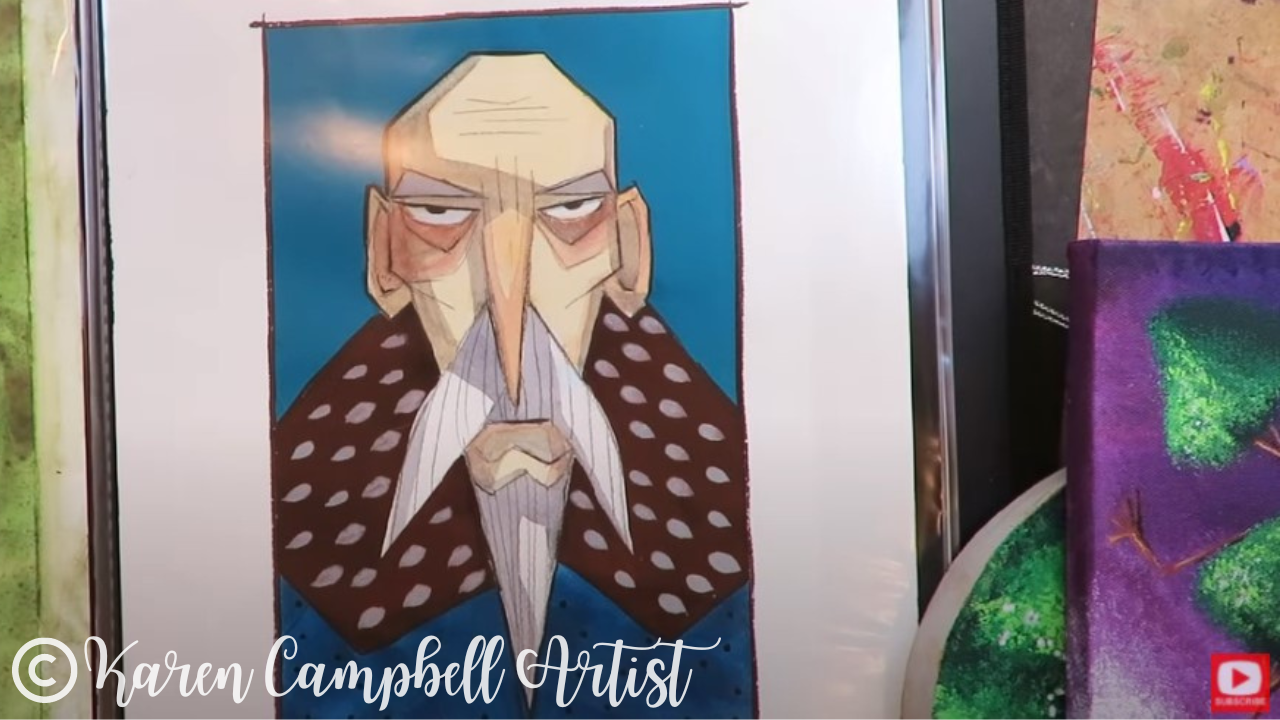

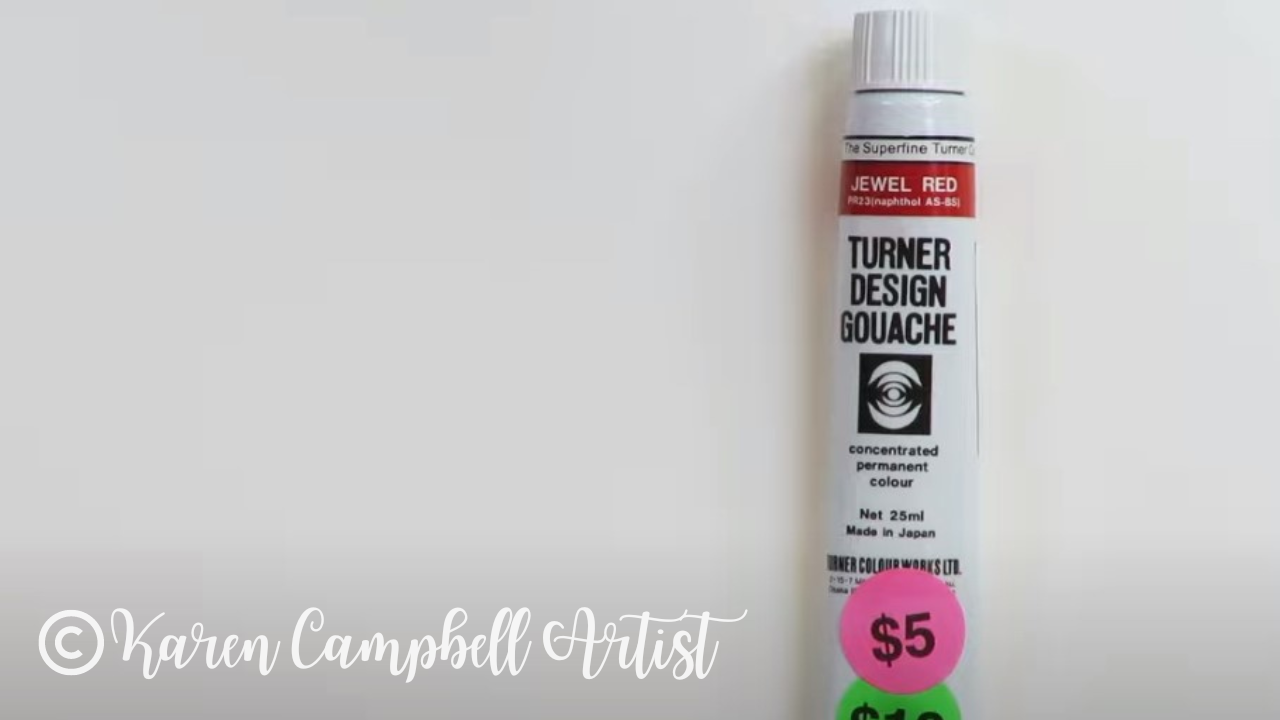















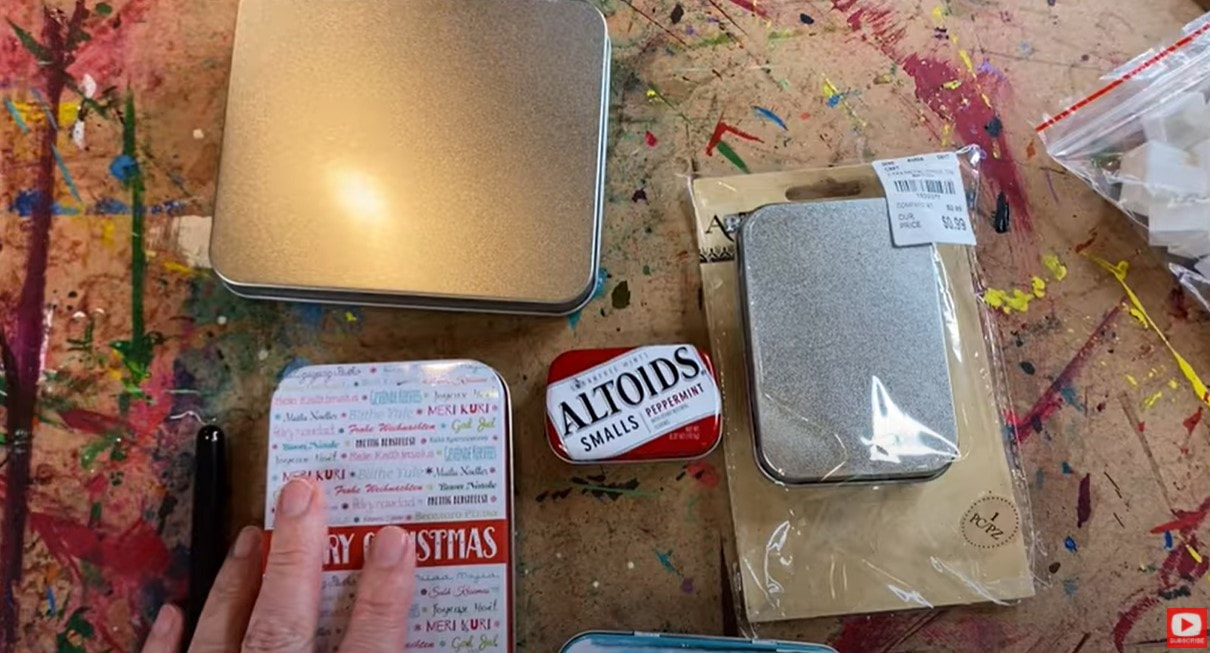
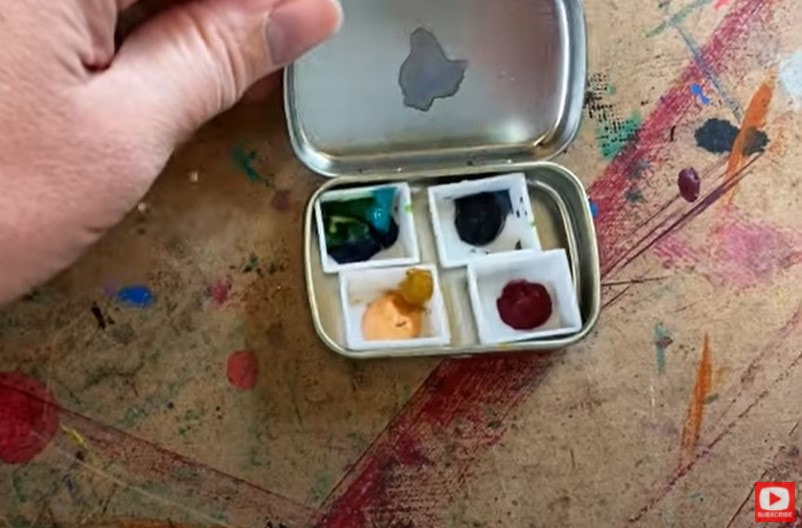


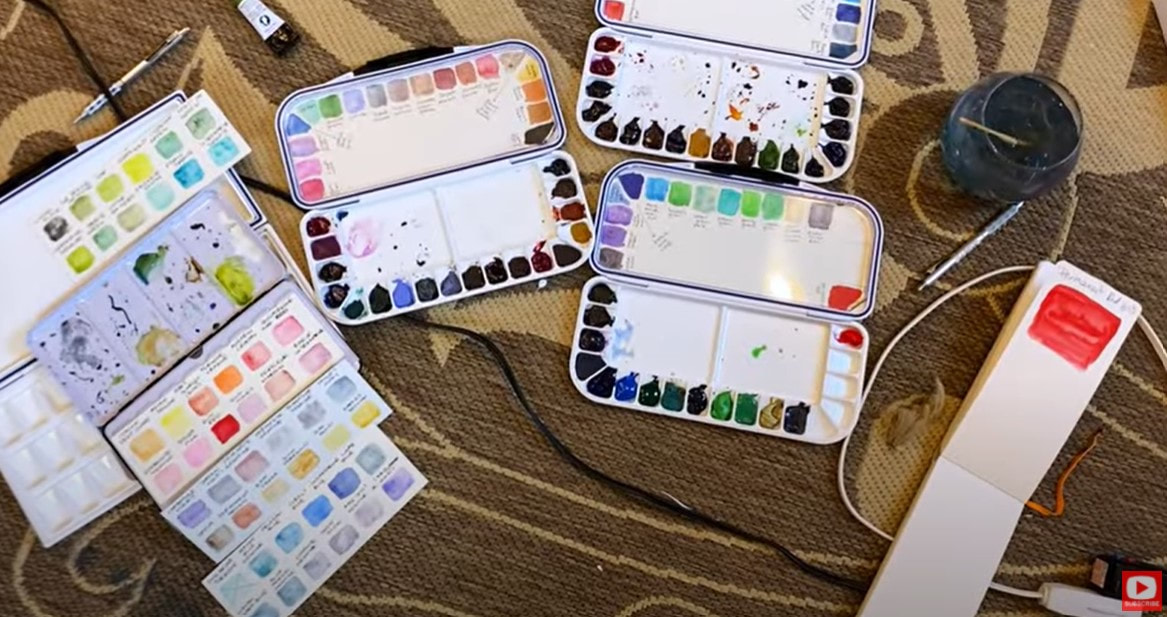











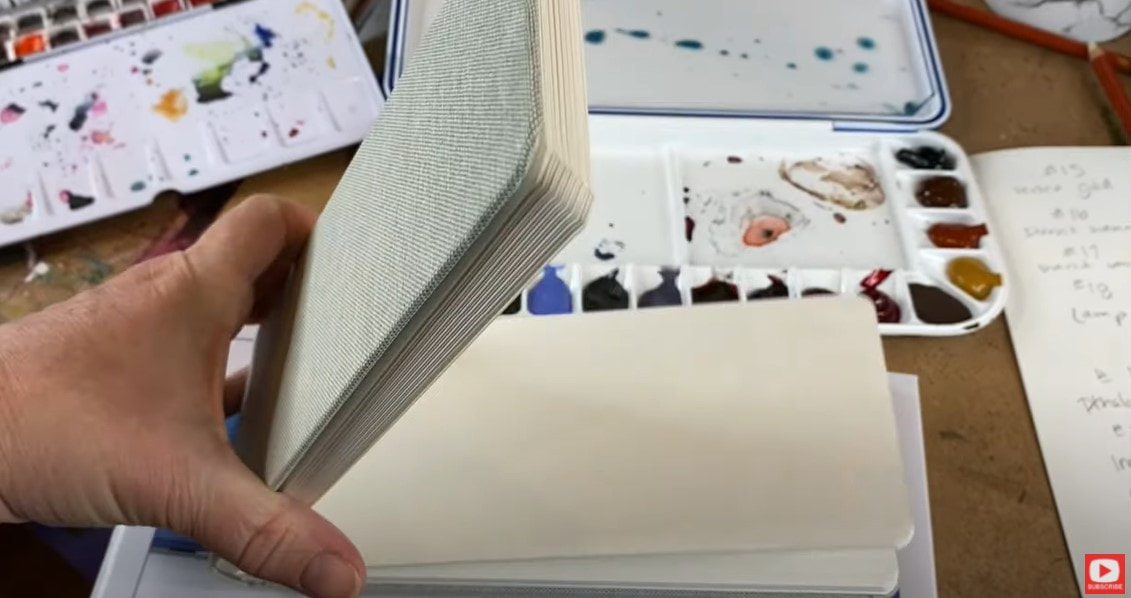









 RSS Feed
RSS Feed
